
Ukrainian civilians awoke to a chaotic night of explosions as air raid sirens echoed across six oblasts on November 18-19, 2025. Emergency services raced to respond as waves of incoming threats overwhelmed radar systems, sending millions scrambling for shelter during the pre-dawn hours.
As daylight broke, the scale of the attack emerged: 524 aerial assault vehicles were launched against critical infrastructure and residential areas, marking one of the heaviest bombardments in recent months. While the full extent of the devastation would require hours to comprehend, the immediate impact on human lives was staggering and grim.
A Tactical Evolution
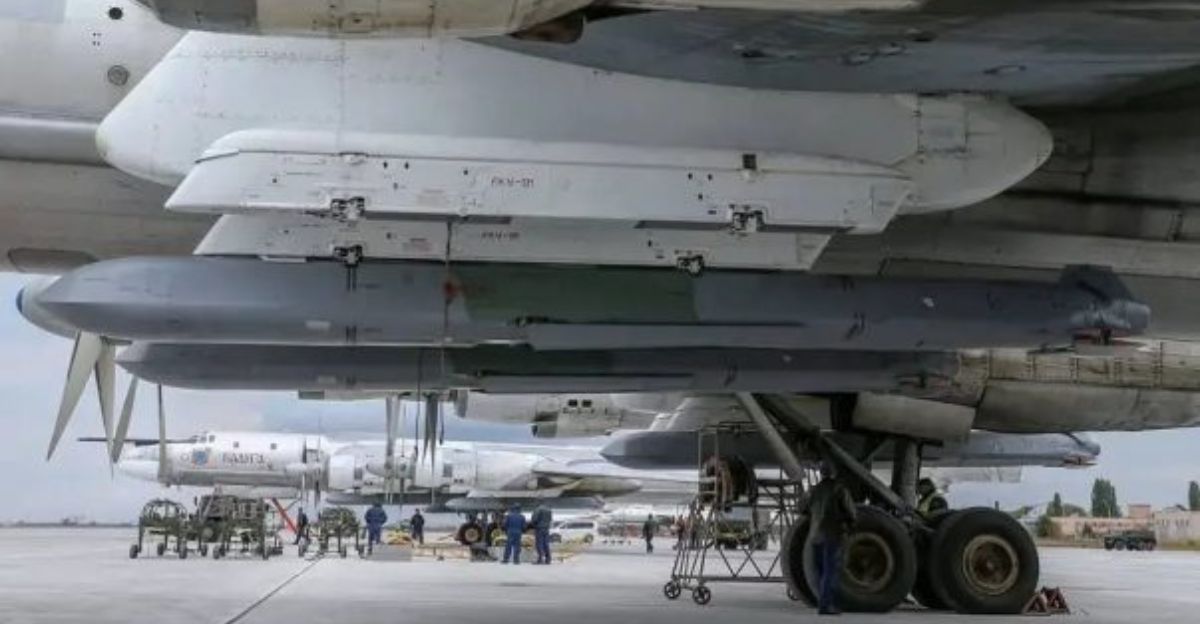
A staggering array of 476 drones and 48 missiles marked the unprecedented scale of the assault. Russian forces launched 40 Kh-101 cruise missiles from Vologda and Astrakhan, alongside a barrage of Kalibr cruise missiles from the Black Sea. The multi-faceted drone fleet included varieties like Shahed and Gerbera, operating in coordinated waves across an extensive 1,000-kilometer front.
Ukrainian Air Force tracking systems diligently monitored all 524 vehicles as they entered Ukrainian airspace. This marked a tactical evolution in Russia’s campaign, pushing Ukrainian air defenses to their limits with a sheer volume and variety of aerial threats.
An Intensifying Pattern
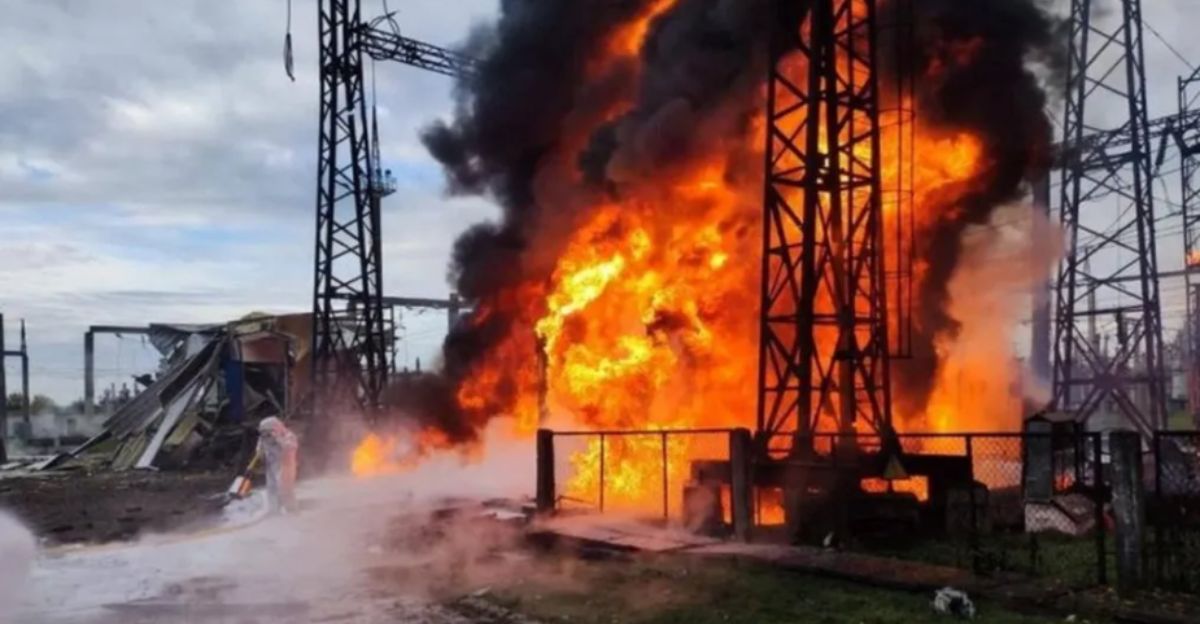
Throughout 2025, Russian aerial attacks have escalated, especially evident in October, which recorded a 2.5-year high in missile strikes. Since the invasion in February 2022, the Kremlin has consistently targeted Ukraine’s energy grid in the winter months, aiming to weaken civilian morale and infrastructure.
Notable large-scale attacks occurred on September 7 and 28, demonstrating a methodical approach with substantial monthly strikes growing in strength and sophistication. The November 19 assault fit this pattern, featuring advanced missile types and coordinated drone swarms that complicate Ukraine’s defensive strategies, representing a dangerous trajectory of escalation.
A Defense Strained

Ukrainian air defense forces have intercepted thousands of aerial threats in 2025, achieving notable success despite significant resource constraints. The September 7 attack required the defense against 810 drones alone, while October saw an astonishing 5,298 drones and 270 missiles launched.
Air defense units operate a mix of Soviet-era systems and Western-supplied Patriots and NASAMS, creating a patchwork defense vulnerable to saturation tactics. Ongoing ammunition shortages for Soviet-caliber systems exacerbate these challenges, as delays in Western military aid complicate strategic positioning, forcing prioritization of critical infrastructure protection over rural areas.
The Human Toll
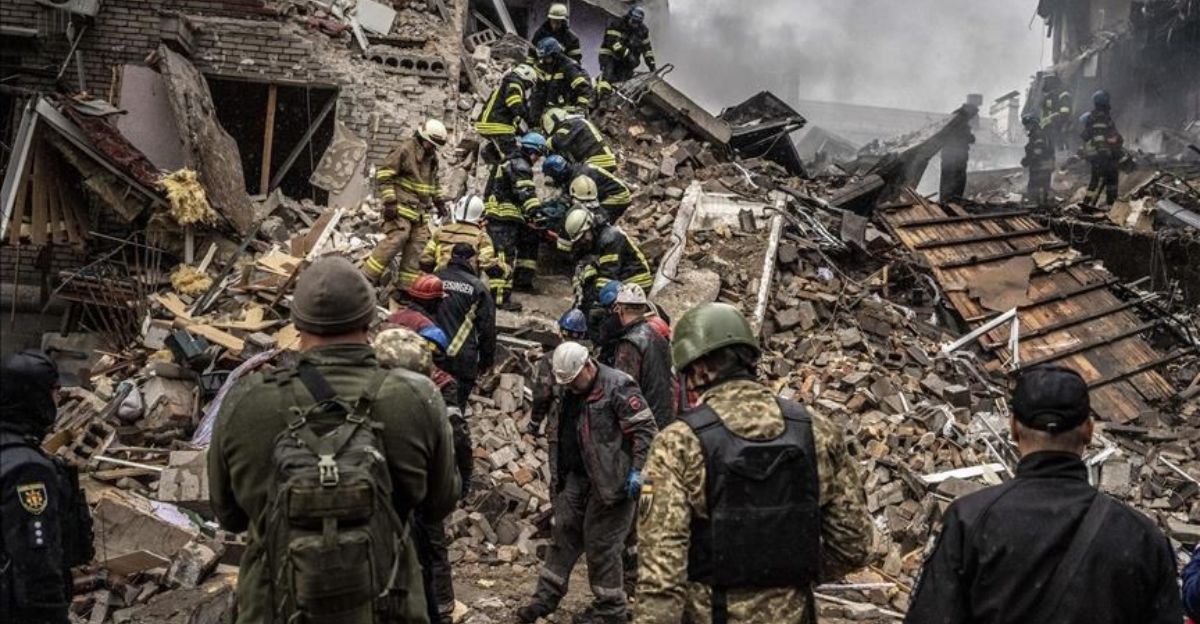
By 10:00 AM on November 19, authorities confirmed at least 26 civilians killed and 139 injured across six oblasts, making this one of the deadliest attacks of the year. Ternopil suffered the heaviest casualties, with a single Kh-101 cruise missile destroying floors of a residential apartment building and claiming 26 lives, including three children.
Struck around 5:00 AM, many residents were asleep, leading to immediate chaos. Rescue teams worked tirelessly to locate survivors in the wreckage, with reports of trapped individuals persisting well into the day. The toll marked the highest for any single attack in 2025.
Ternopil’s Aftermath
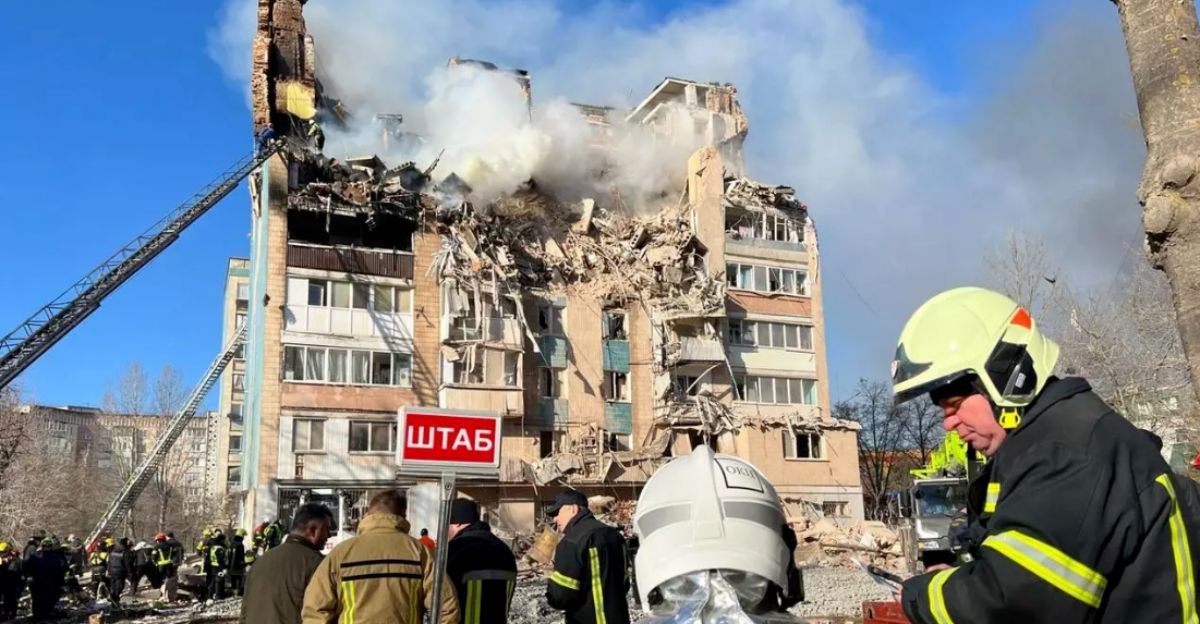
The missile strike on Ternopil, just 350 kilometers from Poland, left catastrophic damage in its wake, affecting two nine-story residential buildings. The destruction of 54 apartments trapped families during the early morning hours, igniting a desperate search for survivors. Emergency crews faced risks of structural collapse, utilizing thermal imaging technology to locate those unaccounted for.
In addition to Ternopil, Lviv Oblast reported fires at energy facilities, resulting in widespread damage, while Ivano-Frankivsk experienced hits to its crucial power infrastructure. This change in targeting strategy reflects a concerning trend that is affecting regions previously considered relatively secure.
Voices from the Ground
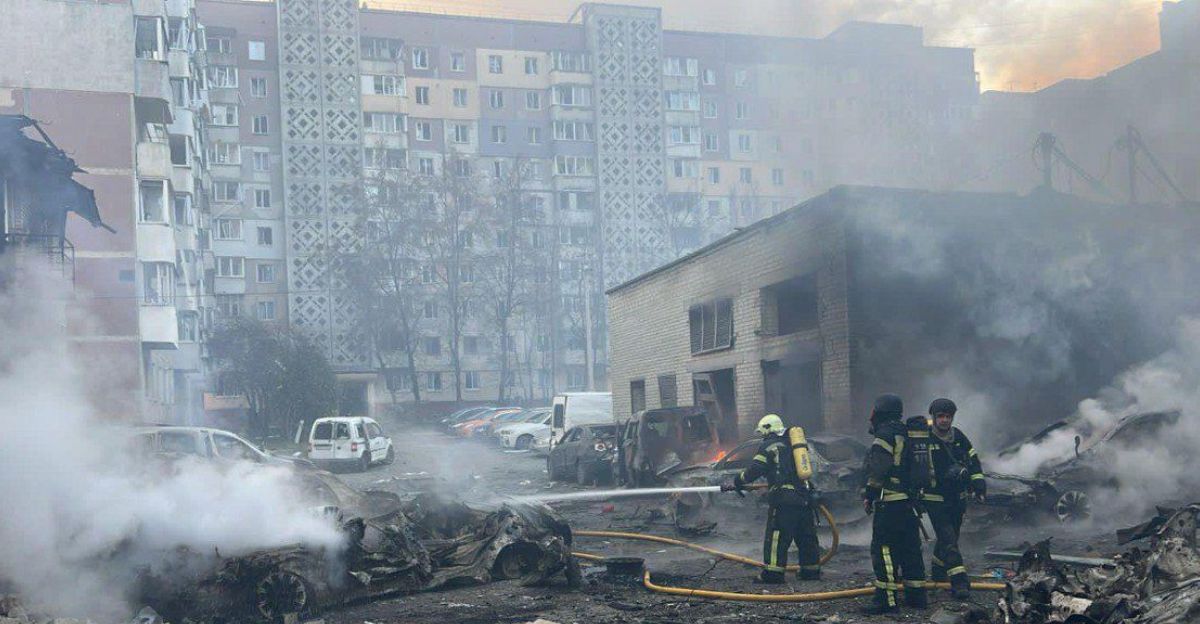
“People started running as soon as the first explosion hit. Leaving their homes felt like a race against time,” described Yulia Ivanova, a Ternopil resident whose apartment was destroyed. She now faces heartbreak and uncertainty as her family’s future remains unclear.
“We had nowhere safe to go,” she added, conveying the raw emotions felt across the city. These real-life experiences illustrate the immense human cost of such attacks, grounding statistics in the lives of those directly affected and reminding us of the ongoing suffering among Ukrainian civilians.
Aid and Capacity Challenges
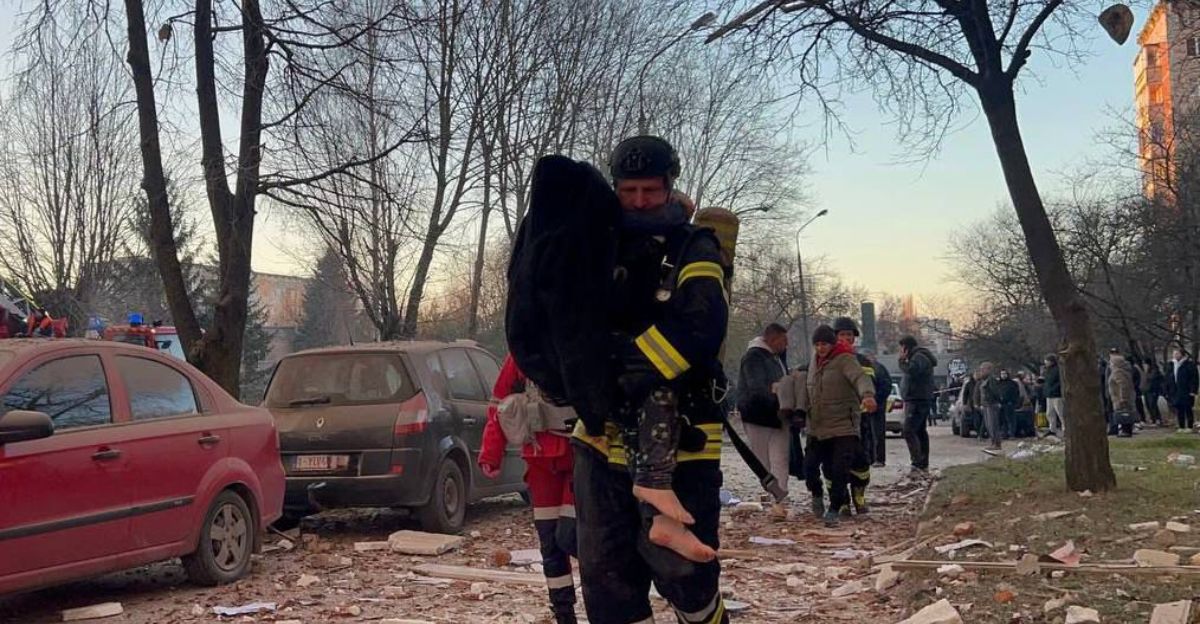
Western military aid and support have become critical in the face of these sustained assaults. However, political delays and resource allocation challenges strain the ability to respond effectively. Reports indicate that while air defenses have managed to intercept a significant number of threats, the continuous barrage puts immense pressure on available ammunition supplies and operational capacity.
Furthermore, the reliance on a mix of systems complicates strategic cohesion, increasing the vulnerability of defense operations during this critical period in the conflict.
The Broader Strategic Landscape
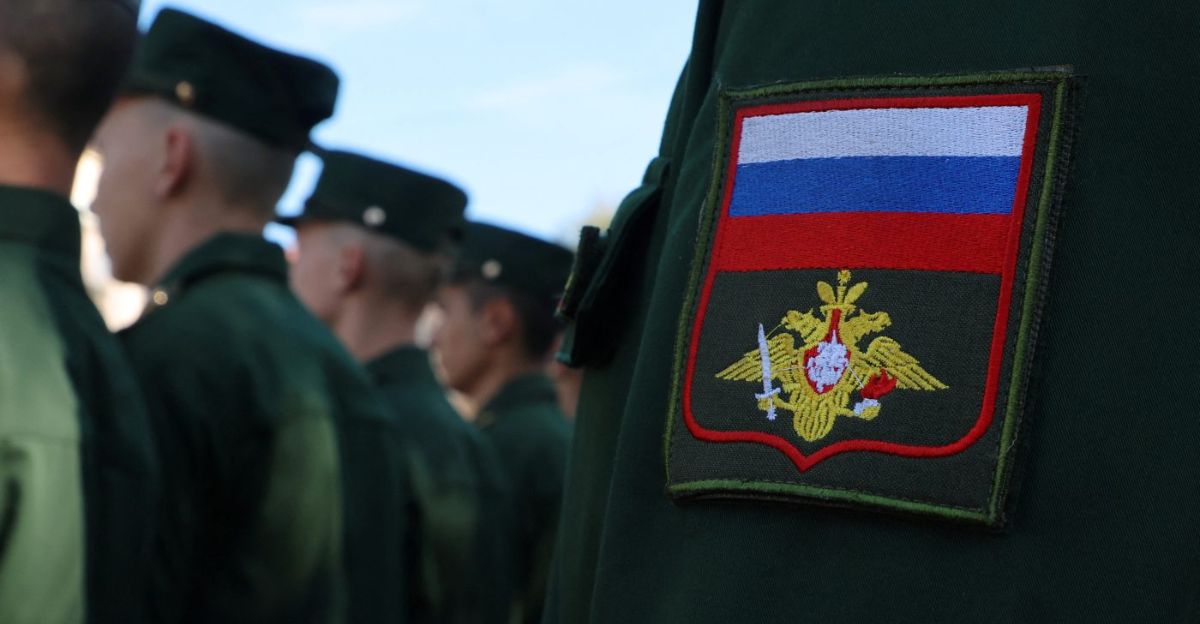
The November 19 attacks mark a significant shift in Russia’s military strategy, focusing not only on immediate tactical gains but also on the long-term psychological impact. Targeting civilian infrastructure during the winter months aims to erode morale and force compromises in critical areas.
These actions reflect a broader strategy aimed at exhausting Ukrainian defenses, forcing unnecessary expenditures and resource allocation shifts. This dynamic generates a self-perpetuating cycle of escalation, testing the limits of Ukrainian resilience while complicating international responses amidst ongoing conflict.
The Need for Global Attention

As the situation unfolds, the international community faces an urgent need to respond. With escalating violence and increasing casualties, global actors must reassess their roles and commitments to support Ukraine. “The world can’t turn a blind eye any longer; this conflict needs urgent attention,” stated a humanitarian worker involved in relief efforts.
Amidst changing geopolitical climates, sustaining focus on Ukraine’s plight is essential for mobilizing adequate support and resources necessary to navigate the challenges presented by this ongoing humanitarian crisis.
Tracking Technology’s Role
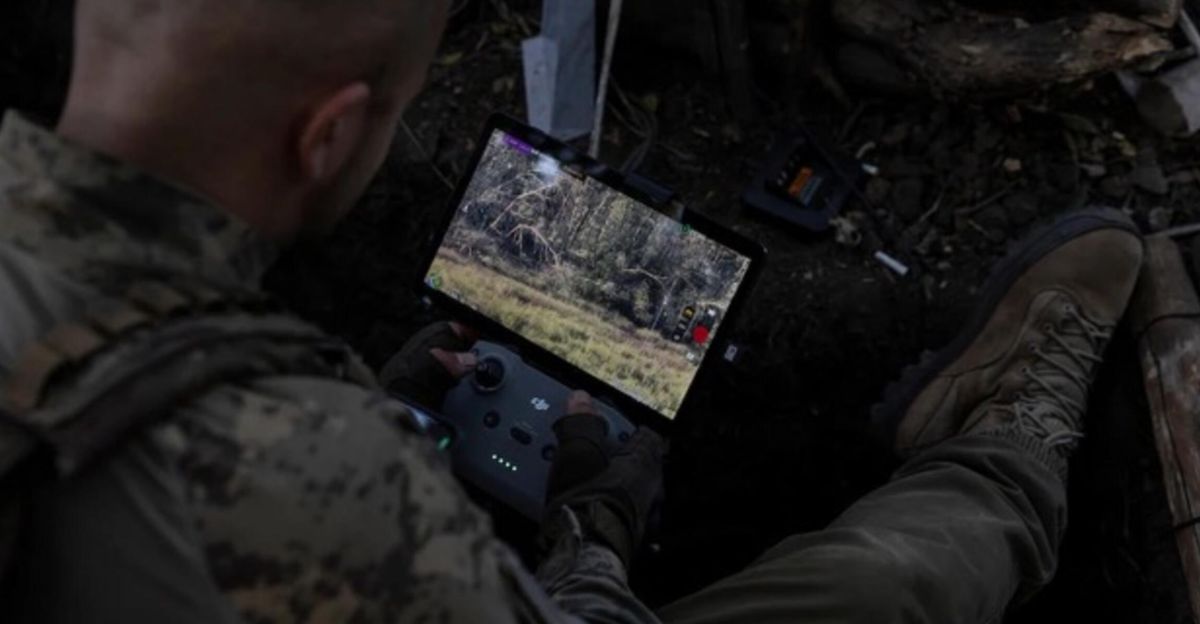
The technological landscape of warfare has evolved rapidly, with advancements in drone and missile capabilities complicating traditional defense strategies. Each aerial assault not only demonstrates the lethal potential of these systems but also underscores the need for adaptive countermeasures.
Ukrainian defense forces are actively utilizing tracking technologies to enhance interception efforts. These advancements, however, must contend with the number and coordination of attacks, necessitating continual investment and adaptation to counter increasingly sophisticated threats effectively.
Solidarity and Support Efforts
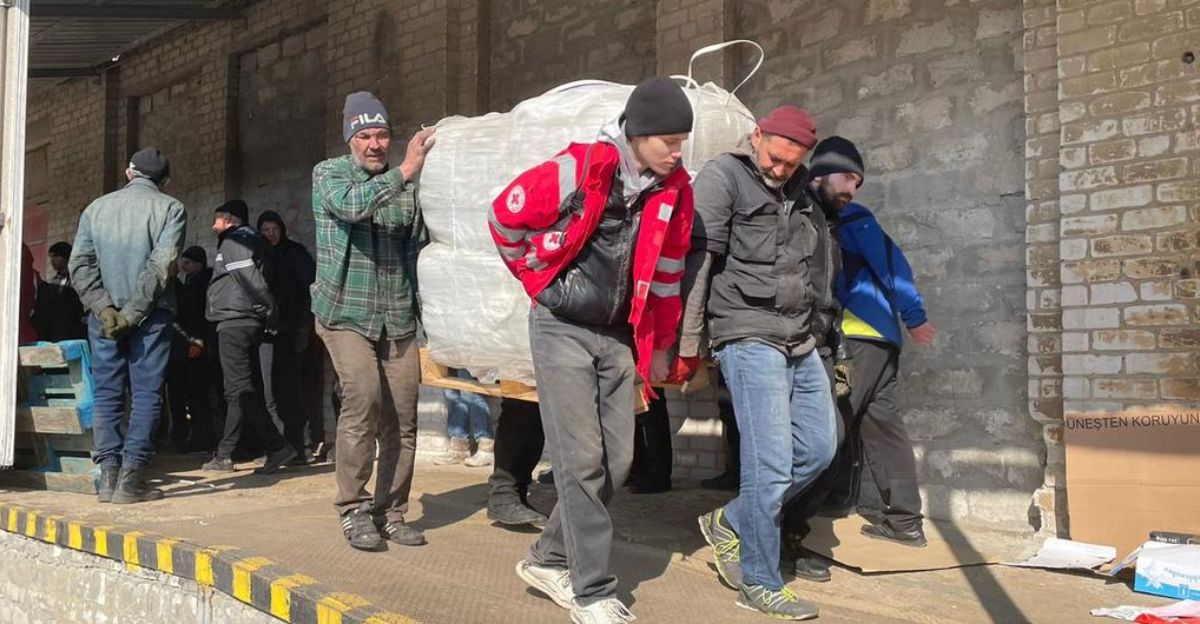
Humanitarian efforts surrounding these events witness remarkable community solidarity. Local charities and international organizations rush to provide aid, coordinating rescue operations, housing assistance, and mental health support for those affected. Organizations such as Plan International report significant casualties in Ternopil, prompting initiatives to assist families in dire need.
The collaborative response showcases the resilience of the human spirit and community, reminding affected individuals that they are not alone in facing the aftermath of these relentless attacks.
International Cooperation Challenges

While nations worldwide pledge solidarity with Ukraine, the pace of assistance varies significantly, creating operational challenges on the ground. European and North American support often struggles against internal politics and resource allocation debates, leading to delays in critical military aid and humanitarian supplies.
The effects of these delays are palpable on the ground, where urgent needs often outweigh available resources. Addressing these coordination hurdles becomes critical as Ukraine continues to endure extensive bombardment and the realities of war deepen.
The Call to Action

As the conflict persists, there is an escalating call for additional actions from various global leaders and organizations. Increased military support, humanitarian aid, and diplomatic efforts stand vital in stabilizing a fragile situation.
“We must act now, not just for Ukraine, but for global security,” emphasized an international relations expert. The implications of this conflict extend beyond borders, impacting geopolitical stability and international relations as the world watches and waits, as further escalation threatens broader crises.
Looking Forward
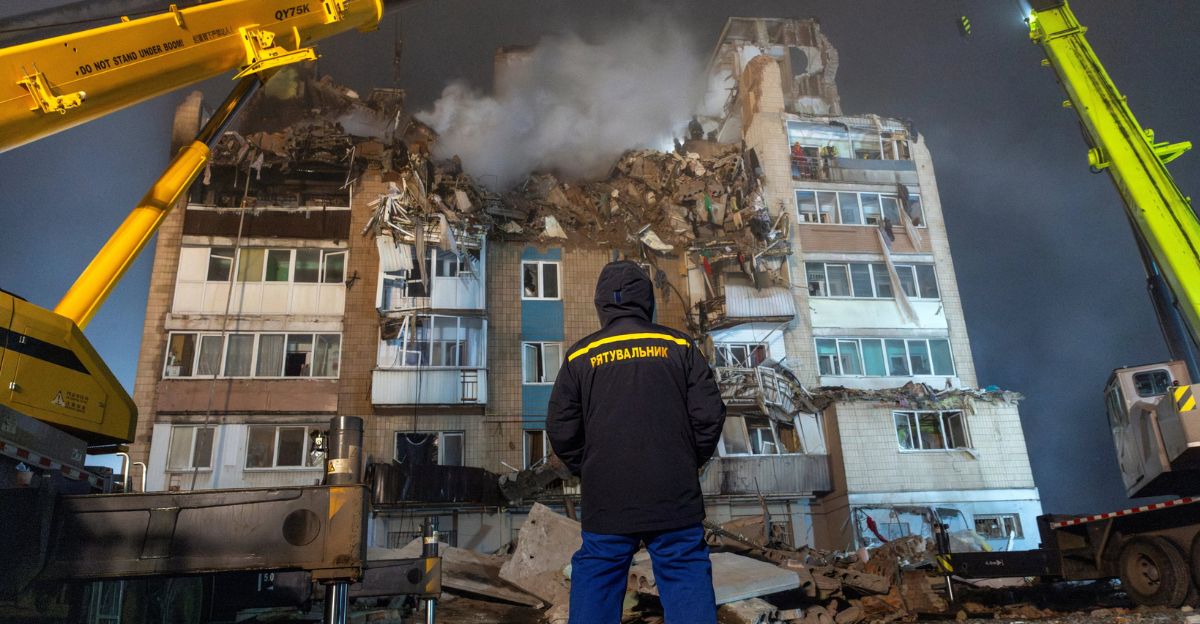
In conclusion, the devastating assault on Ukraine highlights pressing challenges and urgent needs amid the broader context of an ongoing conflict. With a combination of strategic military tactics and psychological warfare, both local civilians and international actors find themselves grappling with complex dilemmas.
Sustaining momentum in support for Ukraine is key in confronting these realities and addressing the human cost. Furthermore, continued vigilance in monitoring developments will be crucial to ensure timely responses to emerging risks and needs in the region. The future remains uncertain, but cooperation and a humanitarian commitment can pave the way toward resilience.